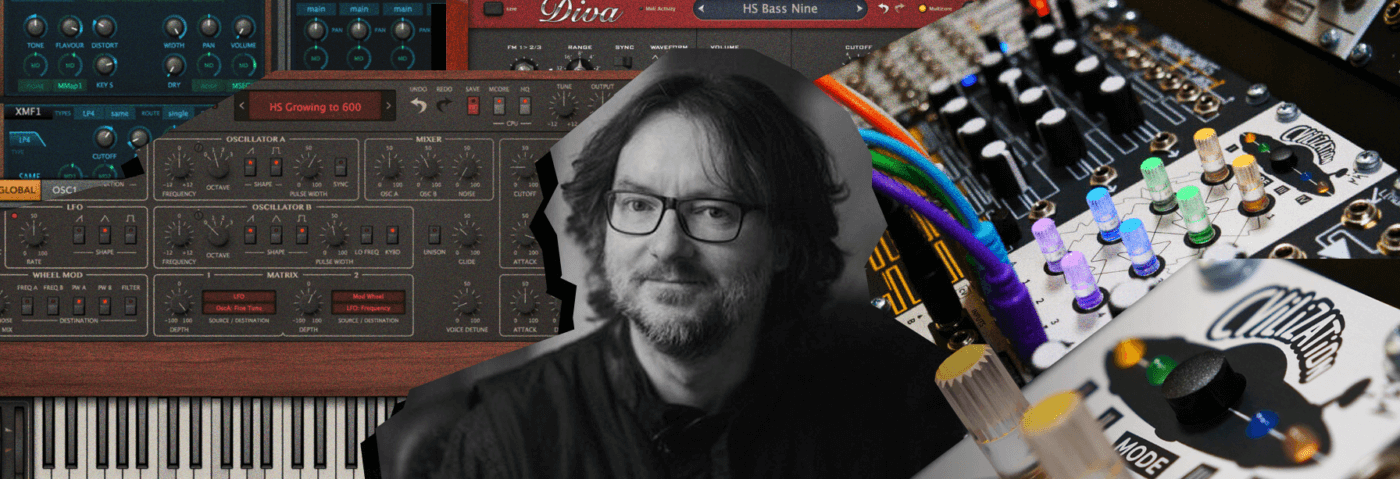We catch up with u-he’s founder and boss, Urs Heckmann, and find out what makes his instruments and effects sound so good.
Ask any music producer about plugin company u-he and you’ll likely get a positive response. Analogue dream synth Diva is well-known for its sound quality, and Zebra is something of a sound designer’s dream come true, with top film composers and sound designers regularly employing it. u-he also makes a number of excellent effects plugins, from delays to compressors, and recently took a step into the world of hardware with its Eurorack module, CVilization.
Where does quality like this come from? A lot of hard work, for sure. But what else? A cursory look at their website, particularly the About section, reveals a playful and creative workspace full of hardware, big windows and light, and, erm, toys. Lots of toys. Is this the secret to the Berlin-based company’s success?
We grabbed Urs between bouts of coding (yes, the boss still codes too) to try and get to the bottom of it.
Attack: What’s your background?
Urs: I have a university degree in industrial design, but I have been fascinated with software development and music since I was a kid. Making music software brings all these things together.
What’s your philosophy for u-he?
We try to be nice and authentic. Everybody at u-he seems to enjoy their job, they like working here. We provide them with ample and pleasant office space, flexible working hours, top equipment, great coffee, and a well-stocked kitchen. We even cook together… or rather “cooked”. At the tail of the pandemic, most of us are still working from home, but we are all looking forward to getting back together soon. I think our family spirit shows in our products, in how we present them and how we communicate with our customers and friends.
What is it that makes u-he different from other music software developers?
We’re driven by development ideas as opposed to marketing. The developers come up with fundamental visions for new projects. Any deadlines are provisional at best – things are ready when they’re ready. In the end, we arrive at a feature set we can all get behind. We believe that marketing-driven decisions have a relatively short shelf-life, that our long term strategy yields more sustainable results. We are still maintaining and improving products that are almost 20 years old, and it pays.
u-he is known for its sound quality. How do you achieve this?
The developers are likely to put forward ideas that arise from their own personal interests and skillsets, so the motivation to keep improving a product “until it sounds great” follows naturally. I think attention to detail is THE most important quality in audio software development, and that’s why we give our employees the time and freedom to try out various approaches and work longer on details.
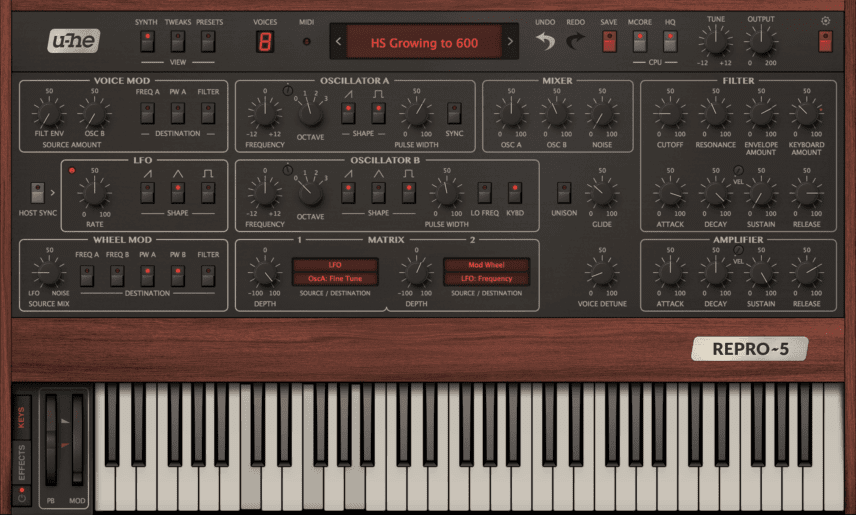
The other thing is: we experiment a lot. Sometimes we spend months or even years on something that in the end fails to become the product we hoped it would. However, the effort was not wasted. So far, we always managed to use the knowledge gained in some product or other.
How do you get 16-year-olds and newcomers interested in music production?
It seems they don’t need much encouragement!
What’s the balance in a song between presets and strong sound design? Is there too much reliance on presets in production?
I think both have their place. To make great music a musician doesn’t have to excel at sound design, and a sound designer doesn’t really have to learn an instrument to make great sounds. Of course, a good selection of presets is handy for productions with tight deadlines. We hope that our synthesizers are inviting enough to inspire people to make their own sounds. Some people really don’t enjoy sound design, and that’s OK.
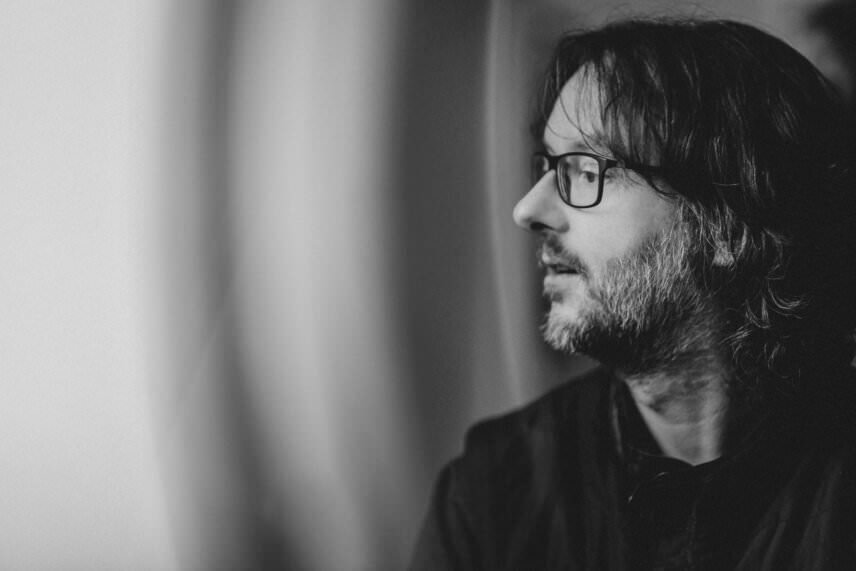
Our synths tend to have large factory banks, and we offer extra soundsets. We put almost as much energy and care into these as we do into developing the software, sometimes working together with many experienced sound designers for a broader spectrum of sounds. It would be naive to expect even the most skillful synthesist to know every aspect of an instrument, but you can use an existing preset as a starting point, or perhaps stumble upon an unusual preset that inspires a new piece of music.
How can producers put their own stamp on their productions?
Sound design! Even if you don’t enjoy dealing with the complexities of a synthesis engine, you can still bend the sounds in other ways. Apart from standard MIDI articulation such as velocity, aftertouch and the modulation wheel, macros can be controlled from knobs and sliders on your MIDI keyboard. As the sounds can be played with dynamically changing colours, anyone can get creative – not only by choosing or crafting the “perfect” sound but through intuitive performance.
Zebra2 is a favourite of sound designers and film scorers like Hans Zimmer. What is it about Zebra2 that makes it attractive to people working in sound design? Was sound design a stated goal when developing Zebra2?
Zebra is almost a modular synth for people who don’t want to get lost in the almost infinite world of modular. Combining different types of synthesis is easy in Zebra, and you can quickly create textures that are simply not possible in fixed architecture synthesizers. And the drag and drop approach is such a quick way to connect things, it’s very intuitive.
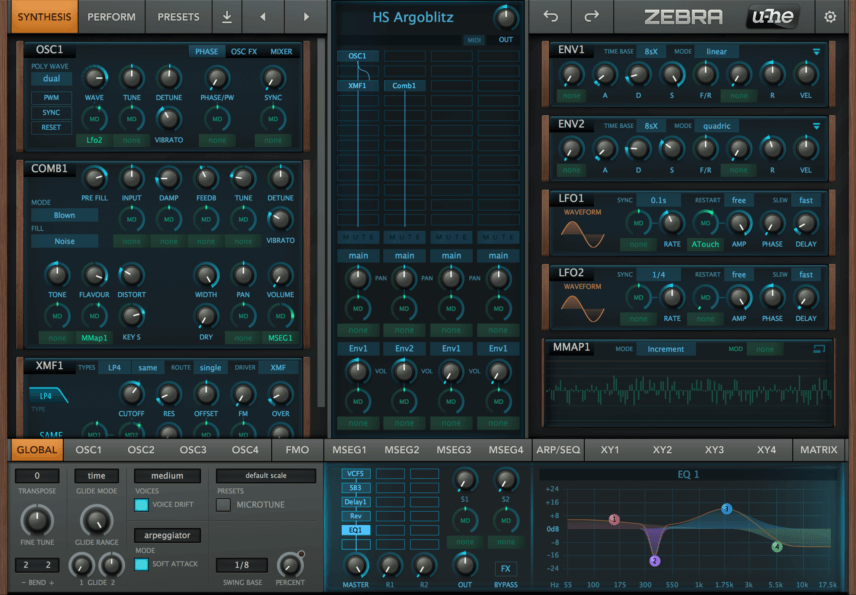
However, I think the true secret sauce is the way Zebra encourages something I like to call “modular economy”. Everything is set up to avoid redundancy. You can use the same modulator in different roles for different targets, which in turn lets people create highly complex, organic patches with relatively few modules. Another plus is that Zebra has grown over time. New technical options have given us the freedom to incrementally improve and expand the feature set.
Your effects (and even Diva) recall famous hardware but aren’t strict single emulations. Is that because of a set rule for u-he?
We don’t have any strict rules. Obviously, we have some faithful emulations alongside the more original designs. I think we would be much deeper into emulation if the groundwork were not so thoroughly exhausting! Tediously studying the hardware schematics, sticking probes into the machines, tabulating and interpreting measurements, listening so intently that your ears go on strike, etc. It’s all above and beyond regular development work.
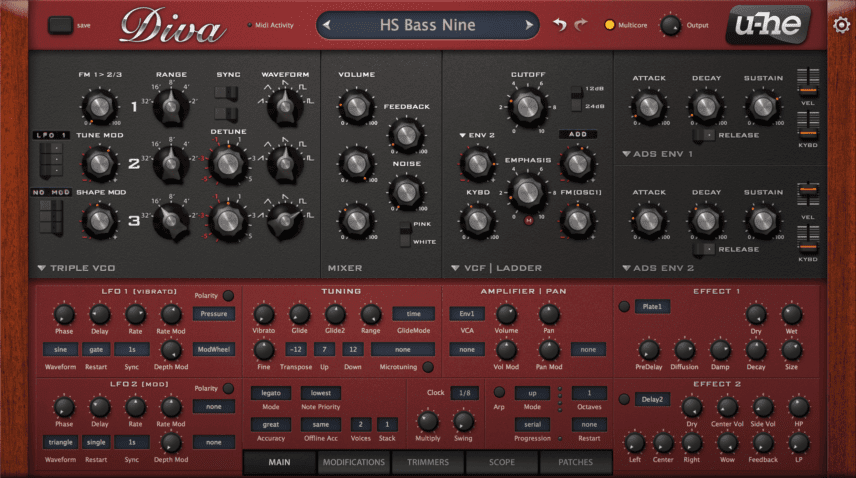
As a side project I recently had another go at a Minimoog emulation, but instead of focussing on oscillators and filters – which I think have already been modelled at the highest possible accuracy – I was concentrating on envelopes, glide, noise and modulation. I don’t think those parts have been modelled perfectly yet, as everyone seems to obsess about other bits. Unfortunately, I don’t have much time for this right now, but I’m confident I’ll eventually find a use for what I have learned.
You’re a fan of hardware synthesizers, right? What are some of your favorites?
I’m mostly into vintage synthesizers. My three favourites are the Korg 800DV, the Octave Cat (particularly the Cat SRM with its SSM 2040 filter chip) and the new Oberheim TwoVoice Pro. While limited and quirky, the 800DV produces some of the most beautiful synth sounds I’ve ever heard. The Cat has this powerful, thick sound and crazy audio-rate modulation. The TwoVoice is basically a dual SEM with some modular capabilities.
We don’t have any strict rules.
Urs Heckmann
I’m also currently enjoying the whole Eurorack thing. At u-he HQ we have a “modular room” with cupboards full of modules. I probably spend way too much time on those, but it’s fun and I learn a lot… which eventually feeds back into our own developments.
You’ve been busy working on updates of your products. How involved are you in day to day coding?
I usually spend four to six hours on software development daily. That’s about 50% of my working day. For one thing, I’m the typical “the only one who knows this stuff” guy for some of the older parts of the codebase, simply because I wrote it over a decade ago. I’m currently on a roll working out how to make something that is already fast even faster.
u-he has been going since 2001. Do you ever think, “I’d like to try something different?”
It’s such a broad field of work, I’m not really looking for more. We recently pitched Hive to a major film project, and Howard, Viktor and I worked with the film composers directly to create hundreds of sounds that are going to be featured prominently. In my spare time, I still manage to record my modular music and post one or two videos on YouTube. I do miss having the time for Lego stop motion film, though – that’s something I’d love to get back into.
Speaking of different, you released CVilization last year. Why did you decide to make the jump to hardware?
I was missing something with CVilization’s functionality in my own Eurorack system – I couldn’t find anything similar. CVilization has the same underlying ethos of “modular economy” that I built into Zebra. It’s about using few simple modulation sources and combining (or mixing or switching or panning) them into more complex signals which can then be used to create musical structures or arrangements. In my own efforts I follow the “the patch is the composition” approach, and CVilization represents the missing link between “too simple” and “too busy” that suits my personal comfort zone while performing.
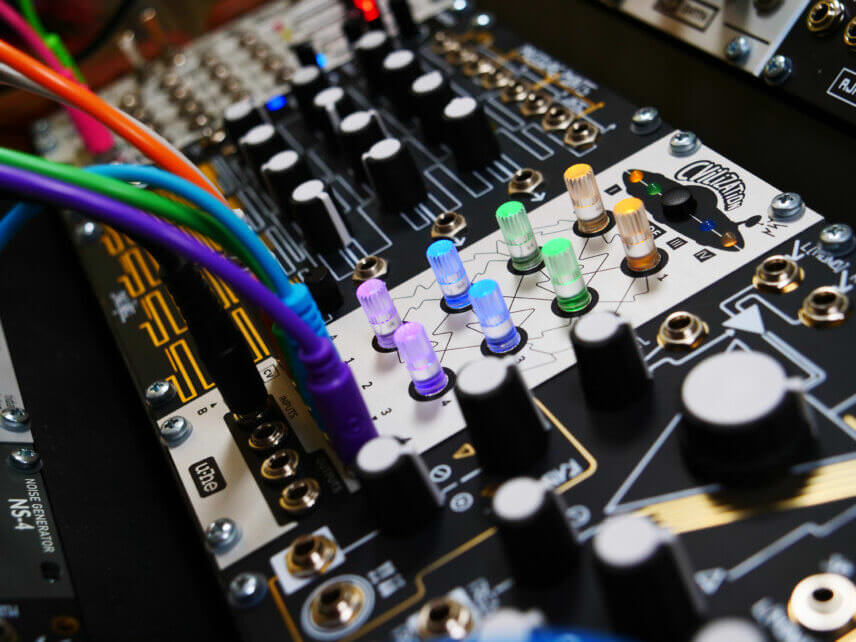
Can we expect more hardware in the future?
Yes. We originally had planned our second module “Wiretap” for 2020, but the pandemic forced us to postpone a lot of things – including Wiretap. However, we are now back on track and the prototypes are rapidly approaching the “final” stage.
Is there still room for Eurorack to grow or has it plateaued?
I really don’t know. Everyone seems to have a different opinion about this. We do it because we want to, not because we see commercial opportunities. I don’t think it will ever be a large part of our business, but it is certainly good experience!
What can we expect from u-he in the near future?
We’re currently in the final stages of our transition to Apple Silicon. As this involves a lot of low-level work in the darkest recesses of our plug-in code, we have taken the opportunity to improve various areas for the sake of better performance. We’ll also be working more with other companies as we get more comfortable with video conferencing and the like. The pandemic has changed how we can collaborate with other companies as well as how we work in-house. There are interesting times ahead!
Our next goal for 2021 is to put the finishing touches on Uhbik 2.0, then get more seriously into developing that fabled successor to Zebra2…
